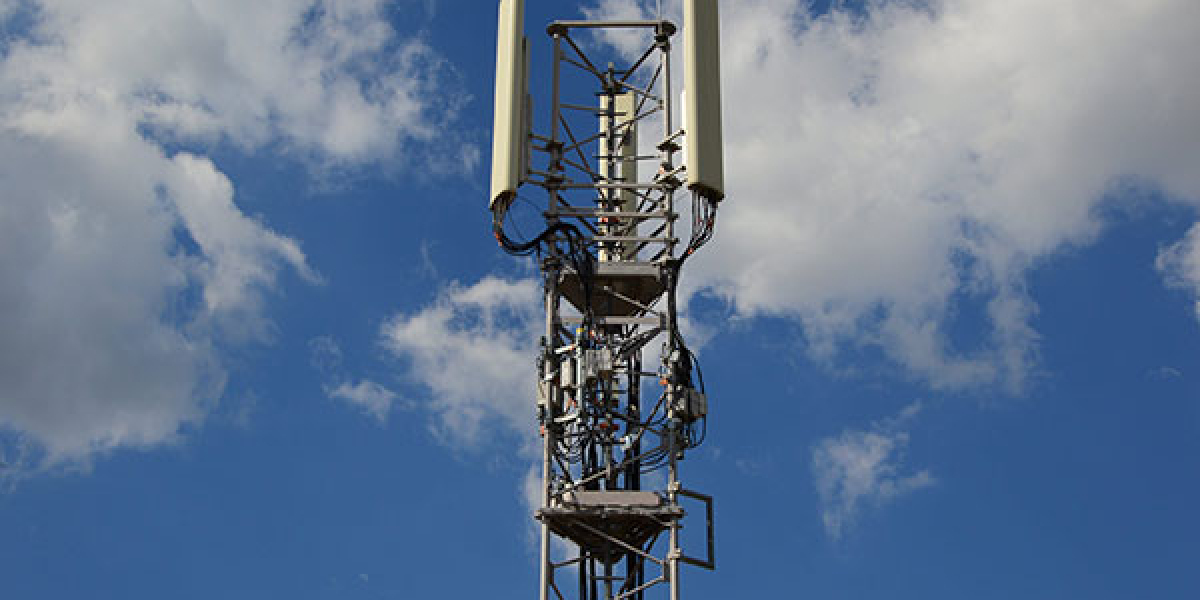Cabinet Protection refers to the various methods, features, and solutions used to safeguard cabinets—whether used for telecom, electrical, industrial, or IT purposes—against environmental hazards, physical damage, and unauthorized access. Proper protection is essential to ensure that the equipment within cabinets operates efficiently, remains secure, and has a long operational life. In industries such as telecommunications, data centers, manufacturing, and power distribution, cabinet protection plays a vital role in maintaining operational continuity and minimizing costly downtime.
Why Cabinet Protection is Important
Environmental Factors: Cabinets house sensitive equipment that can be easily affected by external elements like dust, moisture, temperature fluctuations, and even corrosive substances. Protection against these elements ensures that the equipment remains functional and efficient.
Security: Cabinets often store valuable or critical equipment, making them targets for theft or tampering. Proper protection mechanisms such as locks, access control, and monitoring systems help prevent unauthorized access.
Physical Damage: In industrial environments, equipment housed in cabinets may be exposed to impacts, vibrations, or other mechanical stress. Protection solutions can minimize the risk of physical damage that could disrupt operations.
Operational Efficiency: Cabinets need to maintain optimal operating conditions for the equipment they house. Protection solutions such as cooling systems, grounding, and power protection are essential to keep the equipment performing at its best.
Types of Cabinet Protection
Environmental Protection
- Weatherproof and Waterproofing: For outdoor applications or areas with high humidity, cabinets are equipped with weatherproofing or waterproofing features. These include gaskets, seals, and specially designed enclosures that protect the equipment inside from rain, dust, dirt, and moisture.
- IP (Ingress Protection) Ratings: Enclosures are rated for their ability to resist the ingress of dust and water. Higher IP ratings (such as IP65, IP67) indicate better protection from environmental elements.
- Thermal Protection: Maintaining optimal temperature inside cabinets is crucial for the performance of sensitive equipment. Cabinets often include insulation, heat shields, or active cooling systems like fans or air conditioning units to prevent overheating.
- Corrosion Resistance: For environments with high humidity or corrosive elements, cabinets are made from corrosion-resistant materials like stainless steel, powder-coated steel, or aluminum to prevent rust and degradation.
- Weatherproof and Waterproofing: For outdoor applications or areas with high humidity, cabinets are equipped with weatherproofing or waterproofing features. These include gaskets, seals, and specially designed enclosures that protect the equipment inside from rain, dust, dirt, and moisture.
Security Protection
- Lockable Doors: Cabinets are often equipped with lockable doors to prevent unauthorized access. High-security locks or keypads may be used in sensitive areas where protecting the equipment is a priority.
- Access Control: Advanced access control systems can be integrated into cabinets, including biometric scanners, RFID systems, or PIN code systems, ensuring that only authorized personnel can access the contents of the cabinet.
- Surveillance and Alarms: Some cabinets come equipped with surveillance systems like cameras or sensors to monitor access and detect unauthorized attempts to open or tamper with the cabinet. Alarms or alerts can be triggered if unauthorized access is detected.
Physical Protection
- Impact Resistance: Cabinets in industrial settings need to withstand potential impacts, such as accidental bumps or drops from heavy equipment. Enclosures are often designed with reinforced panels and impact-resistant materials to absorb shock and prevent damage.
- Tamper-Proof Features: Cabinets designed for sensitive or high-value equipment may feature tamper-proof fasteners, sealed edges, or bolted components to deter or prevent tampering.
- Vibration Protection: In industrial environments, cabinets may be exposed to vibrations from nearby machinery or vehicles. Anti-vibration mounts or isolation pads can be used inside the cabinets to protect sensitive equipment from damage.
Electrical Protection
- Surge Protection: Cabinets housing electrical components or communication equipment can be vulnerable to power surges caused by lightning, power fluctuations, or other electrical anomalies. Surge protectors and circuit breakers can be integrated to prevent damage from electrical spikes.
- Grounding and Earthing: Proper grounding is essential for cabinets housing electrical or electronic equipment to ensure that electrical faults are safely diverted to the ground. This reduces the risk of shock, damage to the equipment, and fire hazards.
- UPS (Uninterruptible Power Supply): In some applications, cabinets are equipped with an uninterruptible power supply system that ensures the equipment continues to operate even during power outages. This is particularly critical for telecom equipment, data centers, and industrial control systems.
Fire Protection
- Fire-Resistant Materials: Cabinets may be constructed from fire-resistant materials that help prevent the spread of fire. This is particularly important for cabinets housing sensitive electronics, which may catch fire due to electrical faults or overheating.
- Fire Suppression Systems: In critical installations such as data centers or telecom shelters, fire suppression systems like automatic sprinklers, gas-based suppression, or foam can be installed within cabinets to quickly contain any fire.
- Fire Alarms: Fire detection alarms can be integrated into cabinets to alert operators to the presence of smoke or fire inside, allowing for timely intervention and minimizing potential damage.
Cable Management and Organization
- Cable Trays and Glands: Proper cable management ensures that cables are organized and secured, reducing the risk of damage from wear and tear. Cable glands, trays, and conduits help route and protect wires from physical damage and environmental exposure.
- Cable Locking Systems: Some cabinets feature systems that lock cables in place, ensuring that they are not tampered with or disconnected, which is particularly important in secure installations.
Cabinet Protection Solutions by Industry
Telecommunications
- Outdoor Telecom Shelters: Telecom shelters often include robust protection mechanisms against weather, environmental contaminants, and physical security threats. These shelters house sensitive telecom equipment, such as routers, switches, power supplies, and backup batteries, and may include advanced cooling systems and fire protection measures.
- Battery Cabinets: Telecom battery cabinets are typically designed to house large battery packs used for backup power. These cabinets must be equipped with climate control, fire protection, and security features to ensure that the battery systems are safe and operational.
Data Centers
- Server Cabinets: Data centers rely on server cabinets to house racks of servers and network equipment. Protection in these cabinets focuses on managing airflow to prevent overheating, preventing dust buildup, ensuring security, and safeguarding electrical equipment with surge protection and grounding systems.
- Fire Suppression Systems: Data centers often install sophisticated fire suppression systems inside their server cabinets, such as CO2 or FM200 systems, which quickly extinguish any fire without damaging the electronic equipment.
Industrial Applications
- Control Cabinets: In industrial settings, control cabinets house programmable logic controllers (PLCs), sensors, and other automation equipment. These cabinets must be protected from electrical surges, dust, moisture, and mechanical impacts. Specialized enclosures with weatherproofing, anti-vibration mounts, and temperature control systems are essential in these environments.
- Motor Control Centers (MCC): MCC cabinets house control equipment for large industrial motors and machinery. Protection is critical for ensuring the safety of both the equipment and personnel. MCC cabinets often include fire-resistant materials, lockable doors, and grounding systems.
Energy and Power Distribution
- Electrical Enclosures: Power distribution cabinets and enclosures must be protected against extreme temperatures, electrical surges, and accidental tampering. Enclosures for these systems typically feature surge protectors, grounding, secure access, and cooling or heating elements as required.
- Solar Power Cabinets: Cabinets used for solar power systems house inverters, charge controllers, and batteries. Protection in these cabinets often includes weatherproofing for outdoor installations, fire-resistant materials, and ventilation or cooling systems.
Conclusion
Effective cabinet protection is critical for maintaining the safety, functionality, and longevity of equipment housed in enclosures across various industries. Whether it’s protecting sensitive telecom gear, servers in data centers, or electrical components in industrial settings, the right protection solutions ensure that equipment remains secure from environmental threats, physical damage, and unauthorized access. By incorporating weatherproofing, fire protection, electrical safeguards, and security features, cabinet protection extends the life of the equipment and ensures smooth, uninterrupted operation, reducing downtime and increasing overall reliability.









